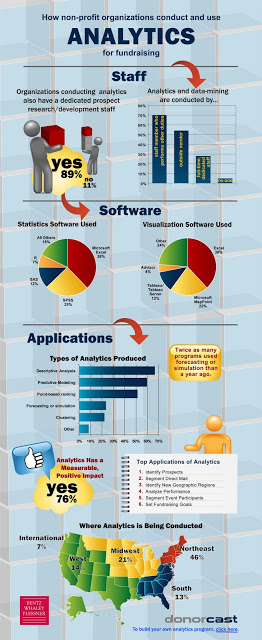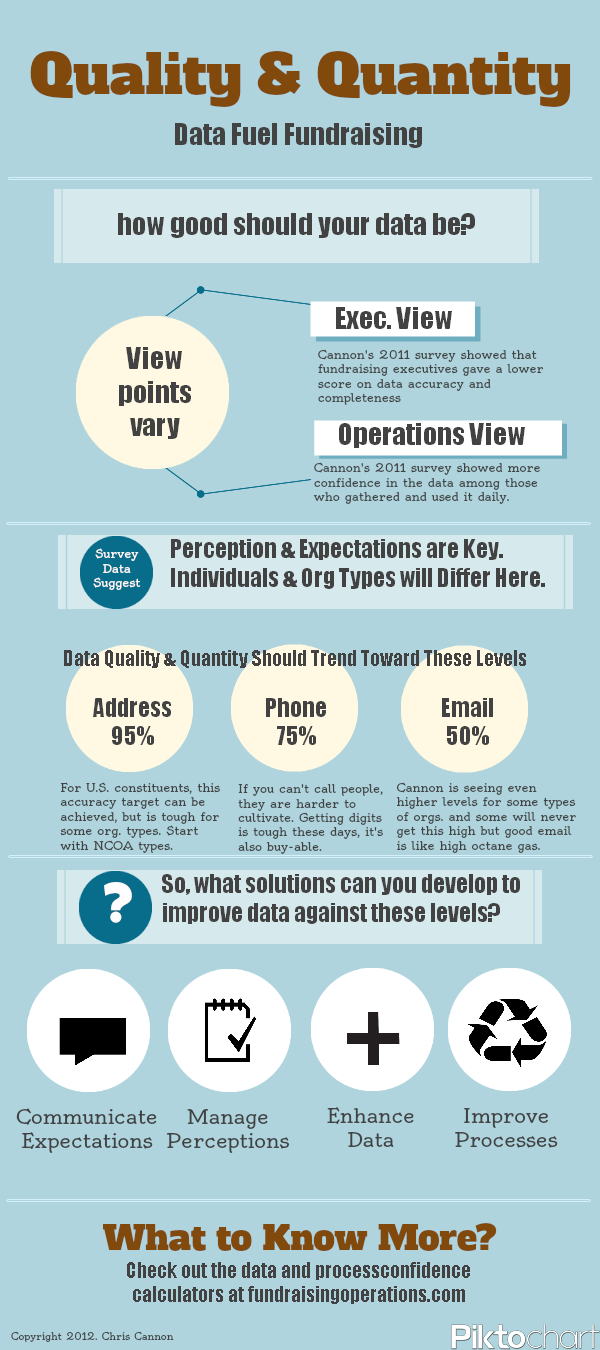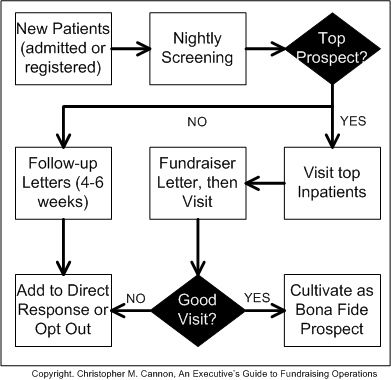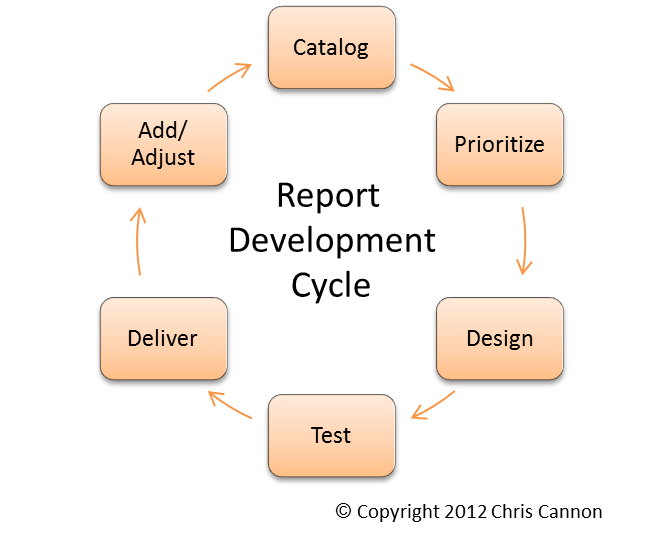This month has focused on Business Intelligence, the process of gathering all your organization knows (typically through a centralized database and a cool data visualization tool, etc.) and improving your analysis and decision making. A key component to great BI is how to get at all of the data relevant to your constituents–bio-demographic, giving, activities, and, more and more, their online engagement. This means what Facebook, LinkedIn and others do matters to your fundraising operations.
Facebook (NASDAQ: FB) is delving deeper into providing a donor giving application function. The NonProfit Times offered a helpful synopsis of the Facebook’s plans. On its face, this is a neat idea and may hold promise for the charities involved. But it also has some risks. (How) will data be shared? What fees are involved (FB doesn’t have any now)? And, my personal favorite, what will be the real cost of handling such giving, particularly when the thrust of the tool appears to be tribute giving.
 This last point is important. On the one hand, I’ve written about the real costs of handling any gift. It’s pretty hard to do for less than about $7. No matter what. On the other hand, once a nonprofit loses control over data and deliverables, there can be substantial donor service costs. For example, a few years ago, as a result of a Facebook fundraising effort outside of its control, a client of mine spent dozens of staff hours trying to make a few donors-via-Facebook happy. This effort appears more structured than the example I shared, but the data-exchange-donor-satisfaction issue could be significant.
This last point is important. On the one hand, I’ve written about the real costs of handling any gift. It’s pretty hard to do for less than about $7. No matter what. On the other hand, once a nonprofit loses control over data and deliverables, there can be substantial donor service costs. For example, a few years ago, as a result of a Facebook fundraising effort outside of its control, a client of mine spent dozens of staff hours trying to make a few donors-via-Facebook happy. This effort appears more structured than the example I shared, but the data-exchange-donor-satisfaction issue could be significant.
So, as technology marches forward, keep in mind the some innovations have costs that should be calculated. Want to see what it costs your team to process a gift? Check out my calculator here.



